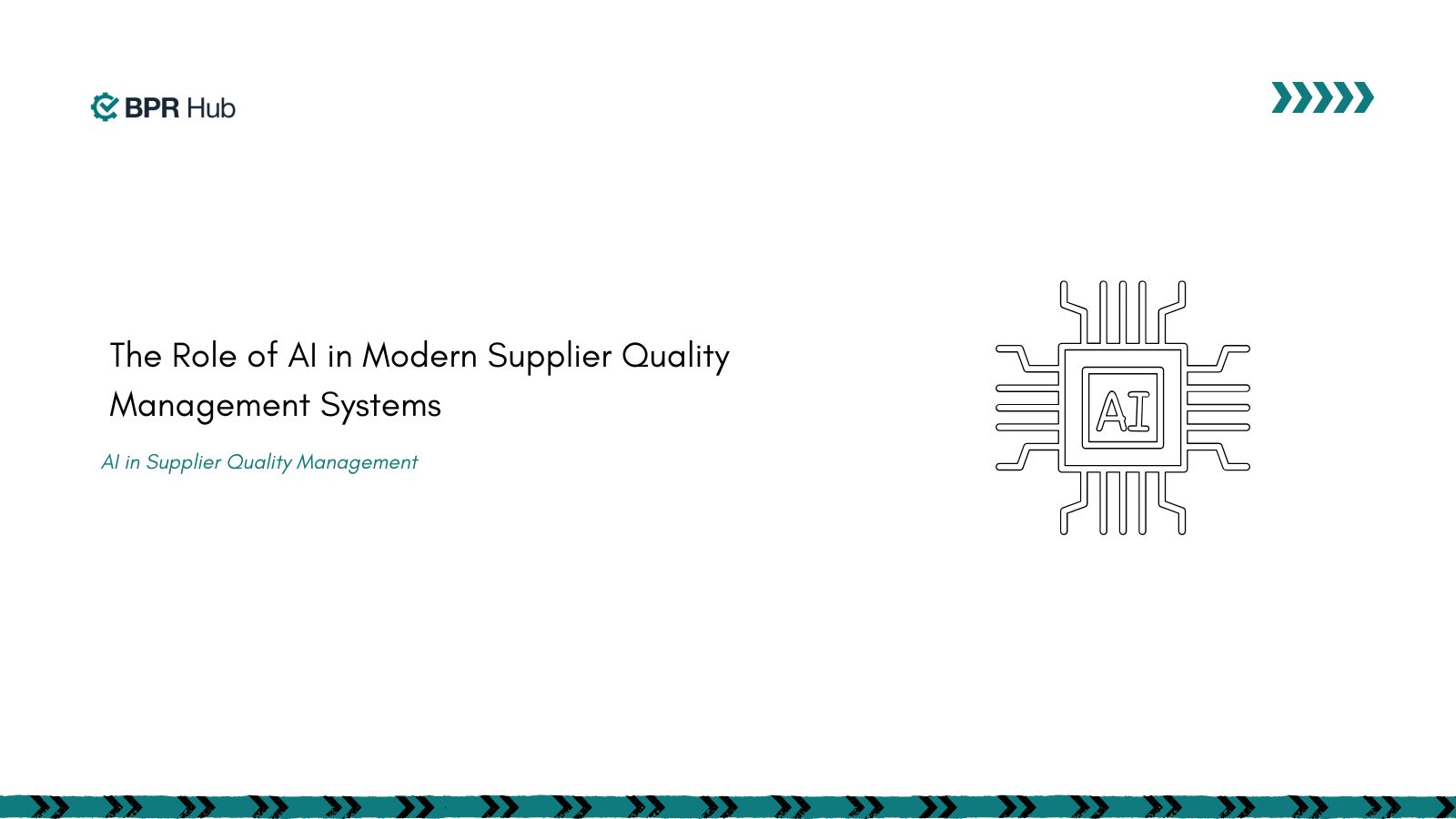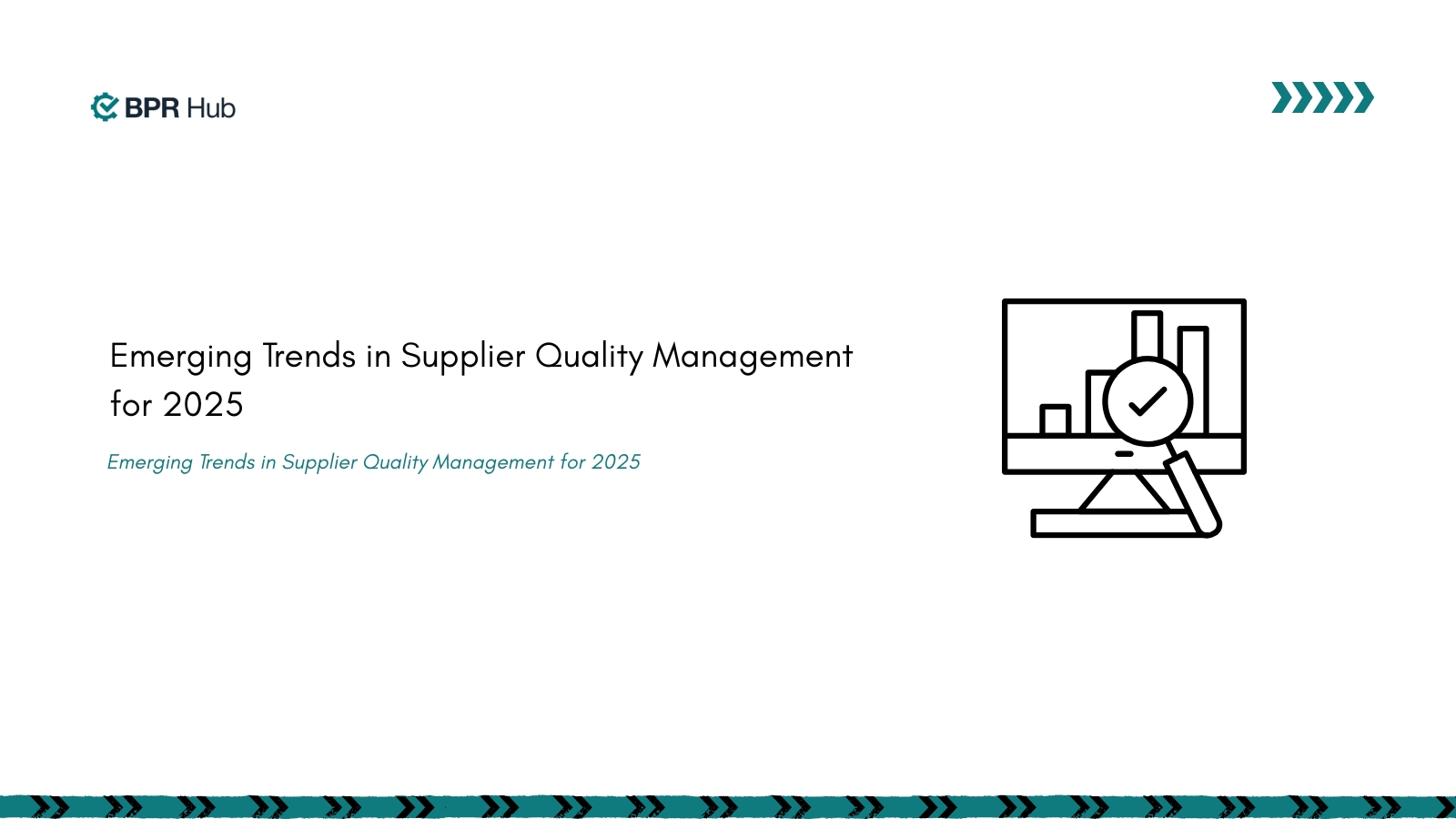What if your medical device software didn’t meet regulatory standards? It could mean delays, recalls, or even safety risks. That’s the reality when businesses skip a structured approach. Enter ISO 13485—the gold standard for quality management systems in the medical device industry. This framework isn’t just about ticking boxes; it’s about building trust and ensuring safety. By applying ISO 13485, you align your software development with regulatory expectations, giving your product a competitive edge.
Whether you’re creating software to monitor patients or control medical devices, this standard ensures your processes are thorough and compliant. In this blog, we will discuss how you can apply this standard, the challenges you might face while implementing it, and which software you can use to mitigate those risks. In the next section, we’ll explore why ISO 13485 is indispensable for businesses like yours.
Importance of ISO 13485 for Software in Medical Device Development
Why risk developing medical device software without a best-quality framework? That’s where ISO 13485 medical device - quality management systems become critical. This standard confirms your software not only meets but exceeds the safety and performance requirements expected in the medical device industry. It’s about delivering reliable, patient-centered solutions.
Here’s why ISO 13485 is essential for medical device software development:
- Industry Adoption: By 2021, there were 27,229 valid ISO 13485 certificates worldwide, showcasing its global importance.
- Streamlined Development: Following ISO 13485 helps establish clear processes, reducing errors and development delays.
- Risk Management: It validates risks are identified, evaluated, and mitigated during every phase of software development.
- Regulatory Alignment: Compliance with this standard simplifies approvals with regulatory bodies like the FDA and EU MDR.
- Client Confidence: Certification demonstrates your commitment to quality, enhancing your reputation in a competitive market.
- Long-Term Benefits: A structured QMS supports product updates, ensuring ongoing compliance and safety post-launch.
Next, let’s explore the key objectives of ISO 13485 and how they directly shape software development practices.
Key Objectives of ISO 13485 in Software for Medical Device Development
The ISO 13485 medical device - quality management systems standard is more than just a compliance checklist. It lays out essential objectives that guide software developers in achieving excellence. By aligning with these objectives, you verify your medical device software is safe, reliable, and meets global quality standards.
1. Establishing a Quality Management System (QMS)
The backbone of ISO 13485 is a QMS that defines, monitors and improves processes to develop medical device software. It ensures that every phase of the software lifecycle is meticulously documented and quality-controlled.
2. Management Responsibility
Top management must actively lead and support the implementation of ISO 13485. From setting objectives to allocating resources, leadership involvement is crucial in driving compliance.
3. Resource Management
A key objective is to confirm that personnel, tools, and technologies are effectively managed. Proper training, equipment maintenance, and a focus on creating a skilled workforce are part of this goal.
4. Product Realization
This involves detailed planning for the design, development, and delivery of software. ISO/TR 14969:2004 provides guidance on applying these requirements and offers methods for meeting ISO 13485 standards. The focus here is on risk management and customer satisfaction throughout the software lifecycle.
5. Continuous Performance Improvement
The standard emphasizes monitoring and improving processes to enhance safety and efficiency. It pushes businesses to use data-driven insights to refine both the product and the processes.
Now that you understand the objectives let’s explore how to implement ISO 13485 in software for medical device development.
How to Implement ISO 13485 in Software for Medical Device Development?
Implementing ISO 13485 medical device - quality management systems in software development requires a structured approach. This verifies compliance with global standards, reduces risks, and enhances the reliability of your medical device software. Here's a step-by-step guide to get you started.
1. Define the Scope
Begin by outlining the scope of your ISO 13485 implementation. Identify the areas of your software development process that need to comply with the standard. The scope should include:
- Software lifecycle stages (e.g., design, development, validation, and maintenance).
- Planned use of your medical device software.
- Internal and external regulatory requirements.
A clear scope ensures that every team member understands the boundaries of compliance efforts.
2. Refer to Normative References
Use the supporting standards and guidelines referenced in ISO 13485 to enhance your implementation. For instance, ISO/TR 14969:2004 provides guidance on applying the requirements for quality management systems, offering methods to meet ISO 13485 standards effectively. Incorporating these references streamlines the compliance process and improves understanding.
3. Understand Terms and Definitions
Check if your team comprehends the terms and definitions outlined in the standard. These definitions clarify key concepts, helping everyone align with the standard's requirements. For example:
- SaMD (Software as a Medical Device): Standalone software serving as a medical device.
- Validation: Ensuring software meets intended requirements under specific conditions.
A shared understanding avoids misinterpretation during implementation.
4. Build a Quality Management System (QMS)
Building a QMS includes:
- Documented procedures for software design and development.
- Clear policies for risk management and regulatory compliance.
- A framework for monitoring, controlling, and improving processes.
A strong QMS ensures your development process is consistent, efficient, and aligned with global standards.
5. Establish Management Responsibility
Top management must take ownership of ISO 13485 compliance. This involves:
- Defining quality objectives and allocating resources.
- Appointing a compliance officer to oversee implementation.
- Regularly reviewing the QMS to identify areas for improvement.
Management commitment ensures long-term adherence to quality standards.
6. Focus on Product Realization
This phase encompasses the design, development, and delivery of your medical device software. Key activities include:
- Developing a risk management plan to mitigate potential hazards.
- Validating the software to verify it meets regulatory and user requirements.
- Documenting every step of the process for traceability and audits.
Product realization ties all processes together, confirming your software aligns with user needs and safety requirements.
7. Conduct Measurement, Analysis, and Improvement
ISO 13485 requires ongoing monitoring and refinement of your processes. Implement:
- Key Performance Indicators (KPIs) to track quality goals.
- Regular audits to ensure processes remain compliant.
- Root cause analysis to address and prevent issues.
Continuous improvement makes sure your software stays compliant even as requirements evolve.
Summary Table of Implementation Steps
.svg)
%20(1).svg)


.jpg)



%20(1).svg)

.avif)

